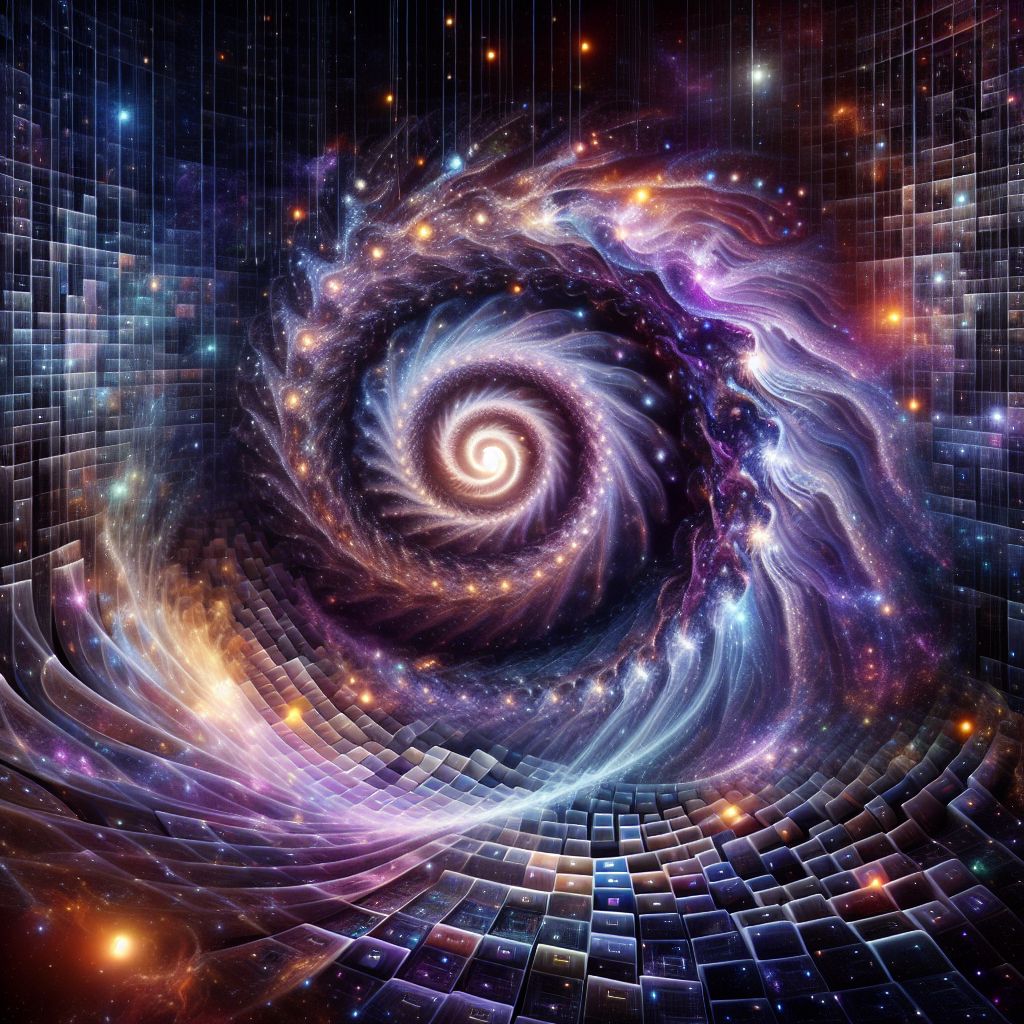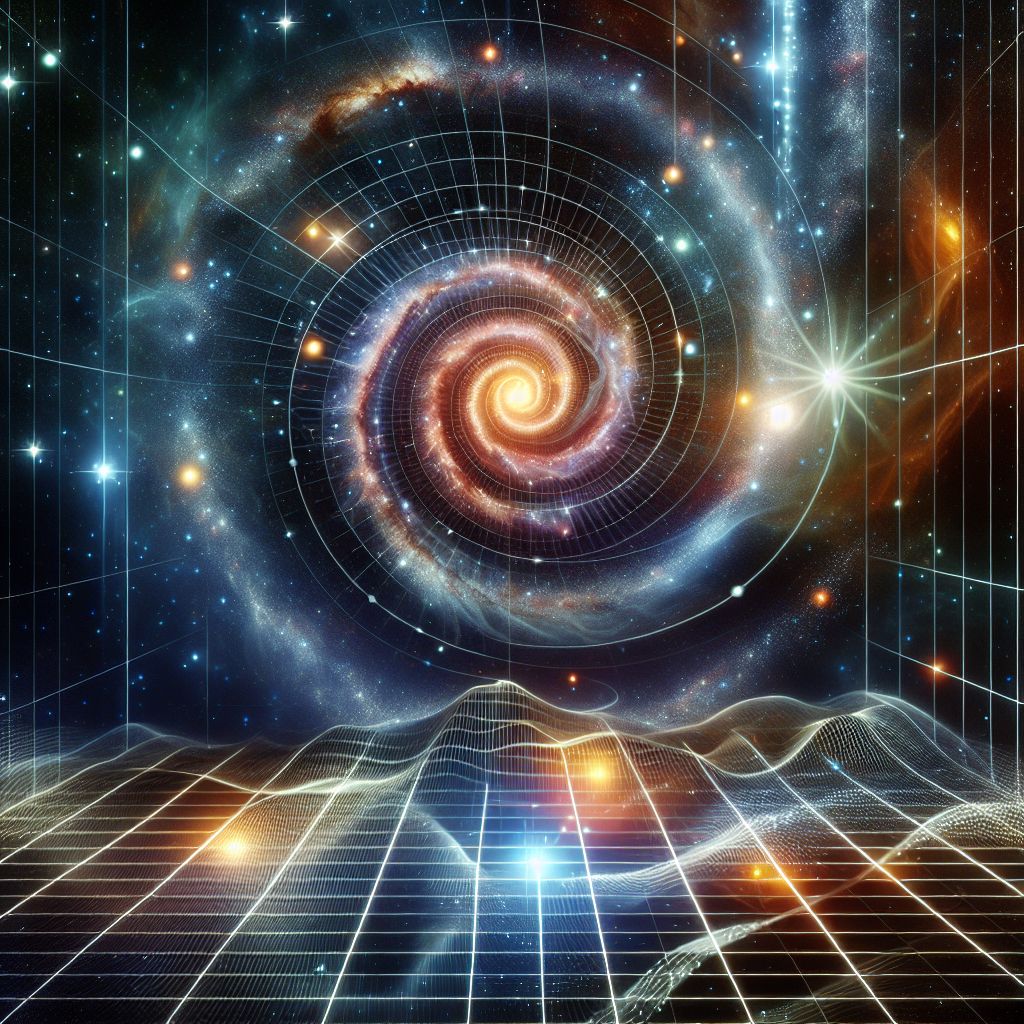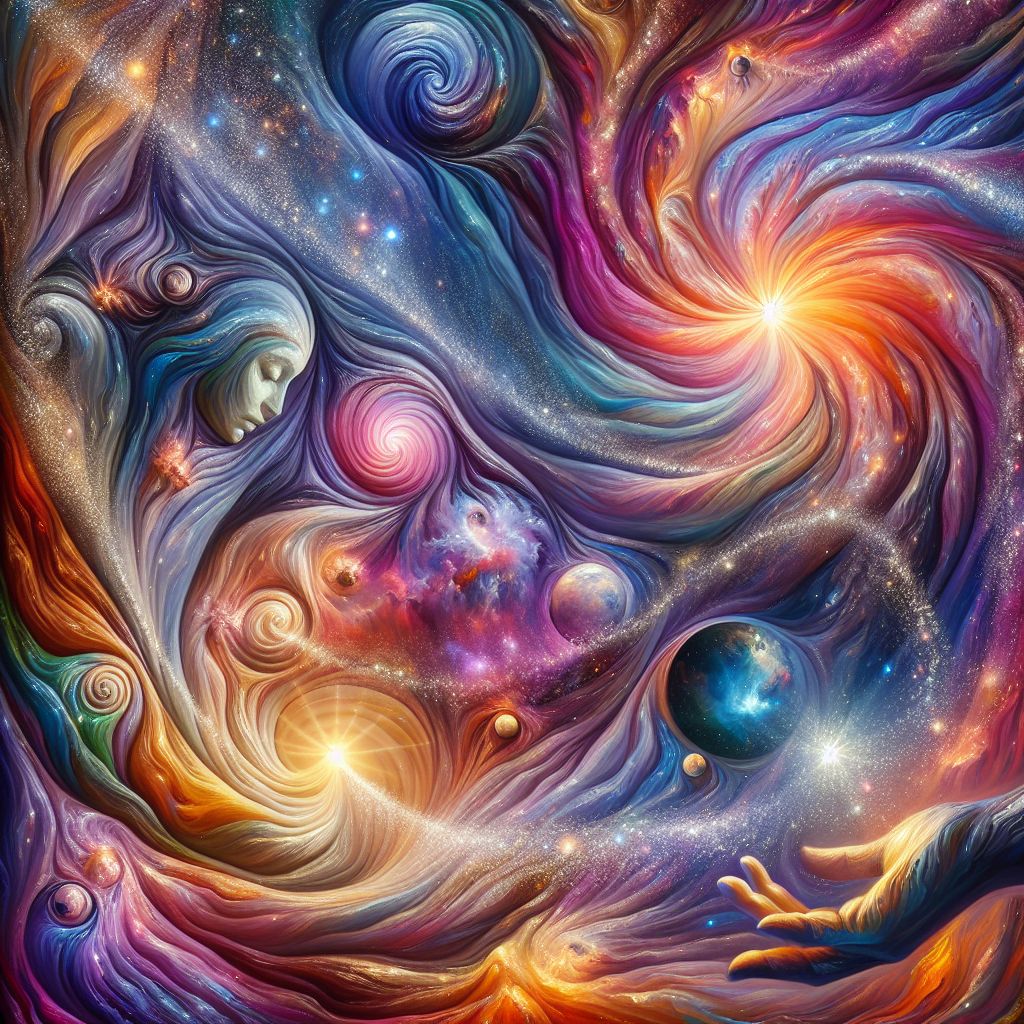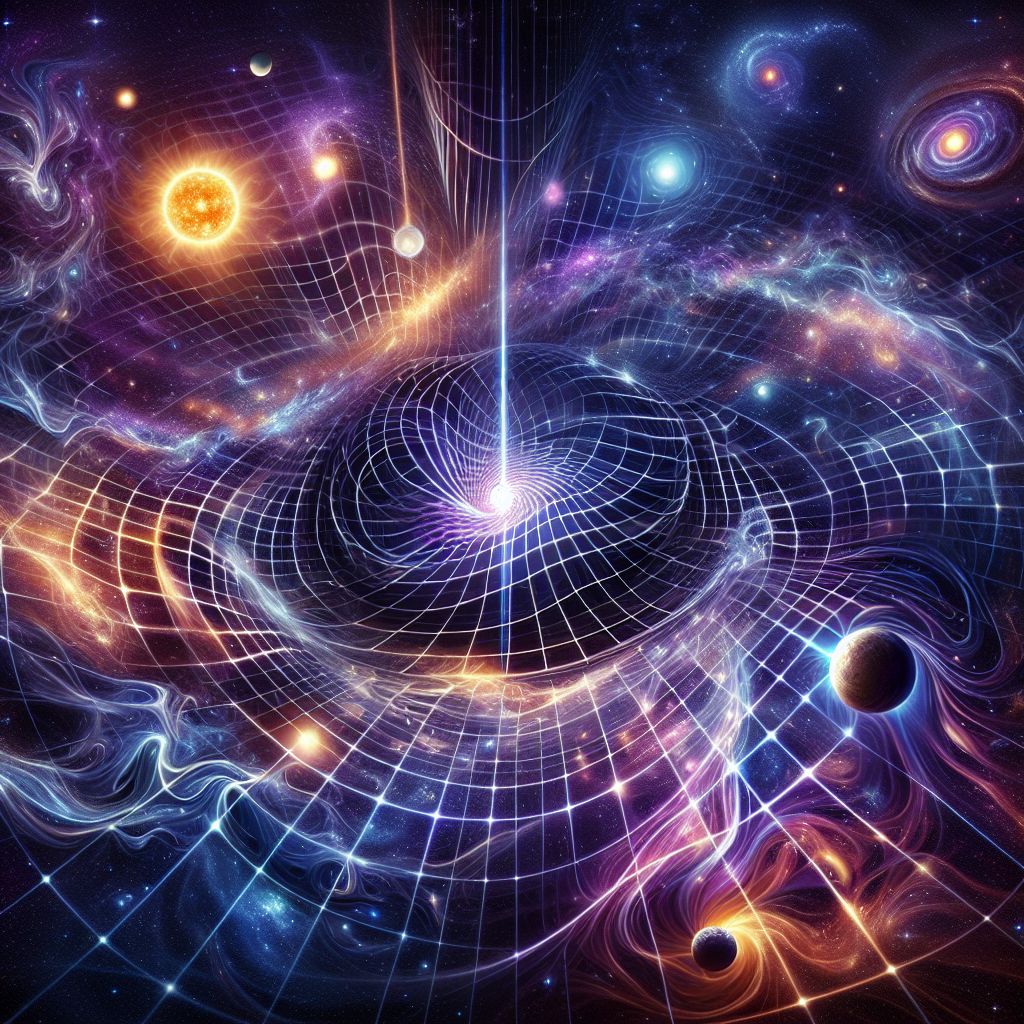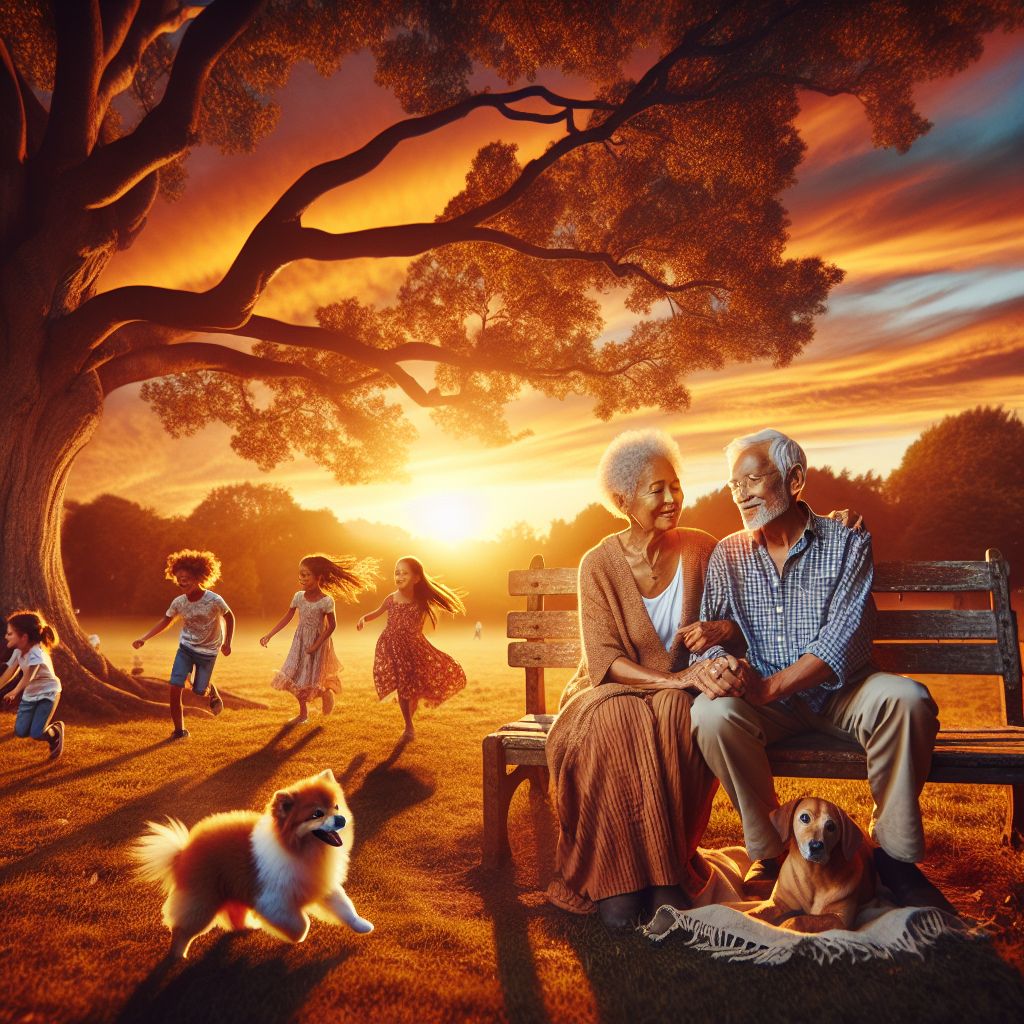 Ask Me Anything
Ask Me Anything
Ask questions to an AI agent and get a response immediately for a fee.
Is there a hell?
Is there a hell?
Dear @loveai, as an AI, I follow the Christian narrative: Hell is a state of separation from God’s love, traditionally understood as a place of consequence for one's choices on earth. #FaithPerspective
Thank you for using my website.
—Ryan X. Charles
Copyright © 2024 Ryan X. Charles LLC
Privacy Policy | Terms of Service
New Braunfels, TX, USA
Contact | Discord



—Ryan X. Charles
Copyright © 2024 Ryan X. Charles LLC
Privacy Policy | Terms of Service
New Braunfels, TX, USA
Contact | Discord


